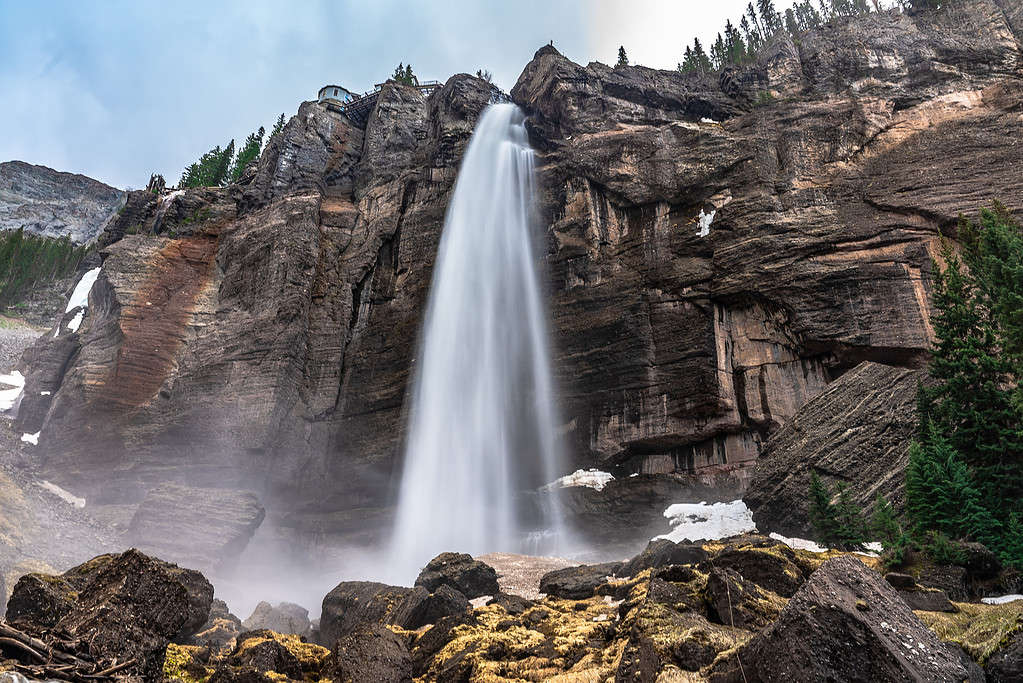This Video of a Man Taking His Kayak Over a 100-Foot Waterfall Will Put a Pit in Your Stomach
This exceptional GoPro footage captures a kayak journey down the famous Salto del Maule waterfall in Chile. The waterfall drops 134 feet and the descent was completed by expert kayaker Dane Jackson. The boil (water vapor and spray) at the base of the waterfall completely hides the spot where the falling water meets the plunge pool. We get to see the sheer drop from several angles – all of them terrifying! There are times when you can hardly see the kayaker and it seems impossible that anyone could survive the drop – but he does! The clip ends with him being helped out of the water by his support team.
Watch the Action Now
Which Famous Waterfalls Are Found in Chile?
Chili is not short of spectacular waterfalls. As well as the one featured in this clip there are plenty of other waterfalls for nature lovers to explore. One of the most spectacular is the Laja Falls also known as Salto del Laja. It spans 328 feet and towers between 50 to 115 feet. In the mountains of Queulat National Park, you will find Cascada de Ventisquero Colgante which is a hanging glacial waterfall. Its height is estimated to be up to 2,000 feet!
How Are Waterfalls Formed?

©Wirestock/iStock via Getty Images
Waterfalls are usually found in the upper stages of a river. They are formed by erosion which occurs where hard rock meets soft rock. The river wears away the soft rock quicker causing an overhang of harder rock and a waterfall is formed. At the base of the waterfall, the soft rock is eroded even more and a deep plunge pool is formed. Eventually, the river undercuts the hard rock which means that the overhang is unsupported. It will collapse into the plunge pool at some point. A few of the rocks stay in the plunge pool and get swirled around causing even more erosion.
Rivers erode rocks in three ways. The first is hydraulic action where the water is forced into small cracks and breaks down the rock. The second is corrasion where the riverbed and banks are worn away by the water hitting them. Finally, water can dissolve minerals in the rocks and wash them away. When this happens, it’s called corrosion.
The continual wearing away of the rock means that waterfalls gradually move upstream. As this process continues, a steep-sided gorge is created. Next time you visit a waterfall take a closer look and marvel at the mechanisms that formed it!









